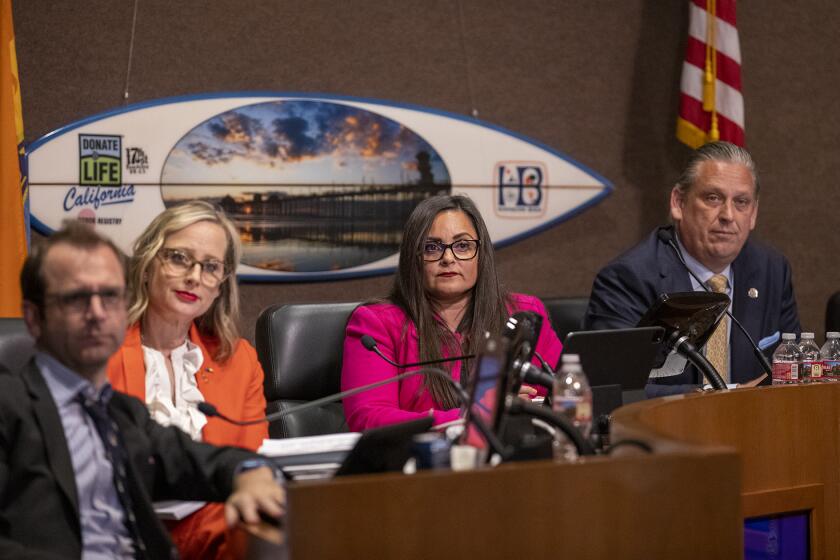Unsheltered, Part 4: Is Orange County capable of sharing the burden of homelessness?
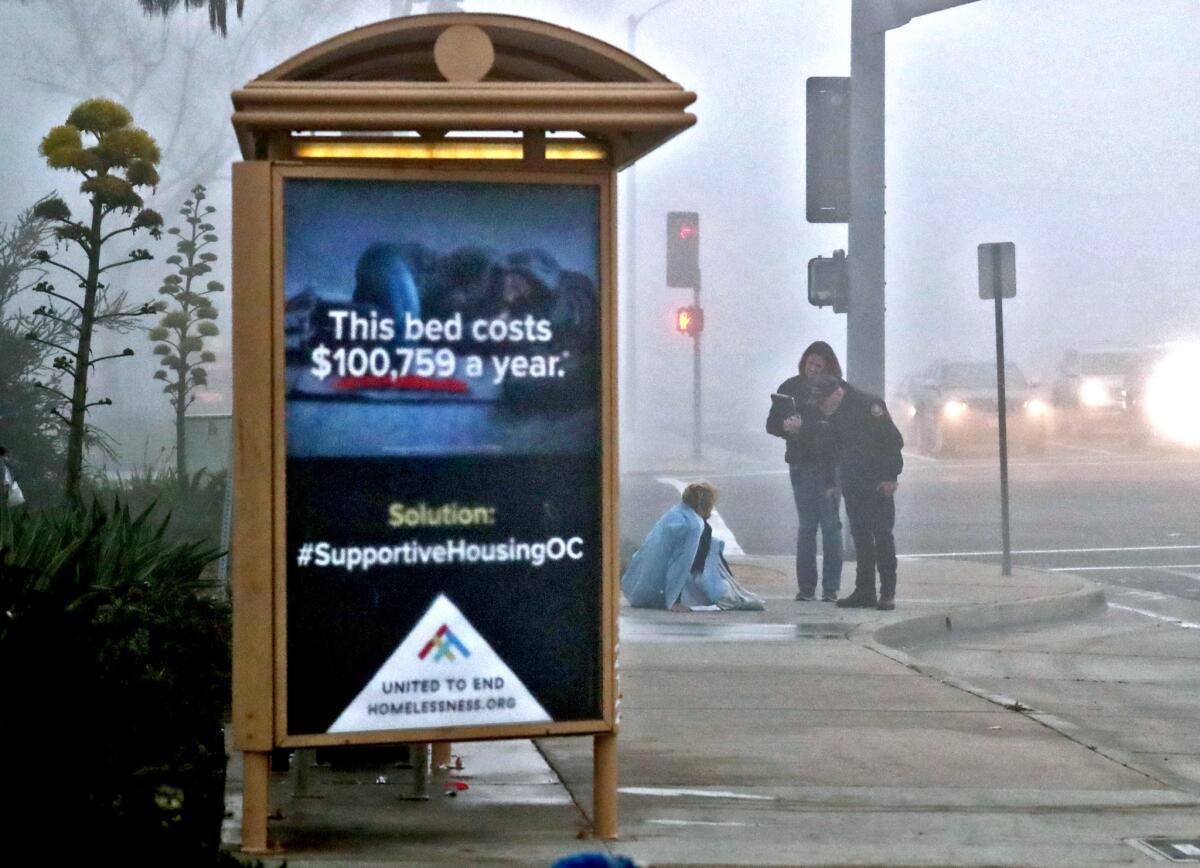
Editor’s note: This is the fourth story in a series examining homelessness in Orange County, including the cities of Costa Mesa, Fountain Valley, Huntington Beach, Laguna Beach and Newport Beach.
Spend enough time in Orange County and you’re bound to hear the words “fair share.”
Elected officials and their staffers will say their cities are willing to do their “fair share” to address homelessness — or tout efforts that they say prove they’re already doing it. Residents of one city might worry that residents and officials from other cities aren’t doing their “fair share,” saddling them with a disproportionate burden of getting people into housing.
As Costa Mesa Mayor Pro Tem John Stephens put it: “If everybody did their fair share, then you wouldn’t have to worry about that issue of … one city’s homeless folks being attracted to another city.”
But what exactly does a fair share look like? How much is enough?
The answer depends on who you ask.
For some, it means each city developing shelters to serve its own homeless population. Others contend that it makes more sense to develop larger shelters with the support of multiple cities. But shelters might be only part of the equation.
Is it also necessary for cities to create permanent supportive housing? And what of more affordable housing?
And then there are the thorniest questions of all: Who should determine a city’s fair share? And what consequences should there be for cities that don’t meet it?
Times Community News reporters posed these and other related questions to every city council member in Costa Mesa, Fountain Valley, Huntington Beach, Laguna Beach and Newport Beach. Some issued joint responses. Others declined to answer. Still others did not respond at all.
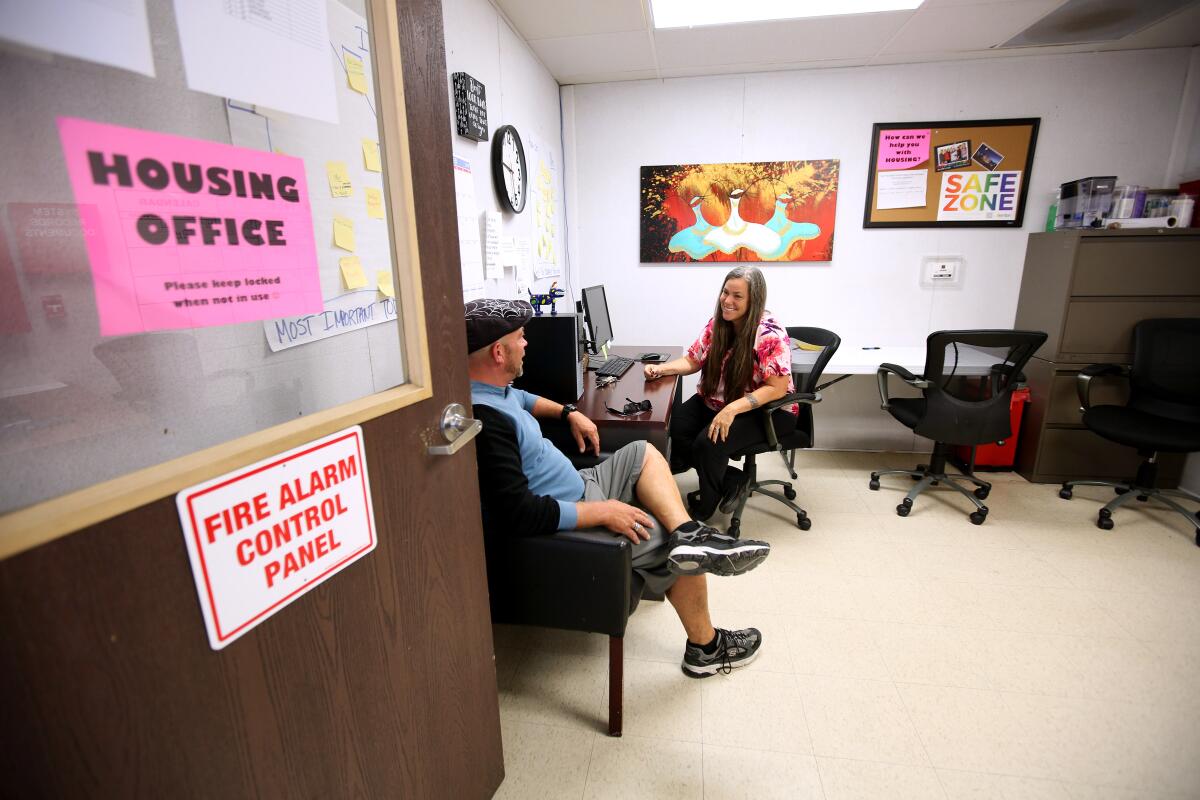
When asked what their fair share should be, the responses from city leaders were, for the most part, general. Many emphasized a need for more regional cooperation, while arguing that cities also must have the latitude to tailor their efforts to their specific needs.
“A city’s fair share should reflect point-in-time counts [of homeless people], total population and fiscal capacity of each city,” said Huntington Beach Councilman Patrick Brenden. “But individual cities should determine their fair share, not the courts or the state or even the county.”
A trio of Newport Beach council members — Will O’Neill, Brad Avery and Joy Brenner — argued homelessness is not an issue that stops at any municipal boundary. “Responsibility exists at both local and regional levels,” they wrote.
Some of their counterparts in Laguna Beach, Huntington Beach and Fountain Valley agreed.
“I don’t think any one place has the answer, and I think it takes a team working together to solve,” said Laguna Beach Mayor Pro Tem Steve Dicterow.
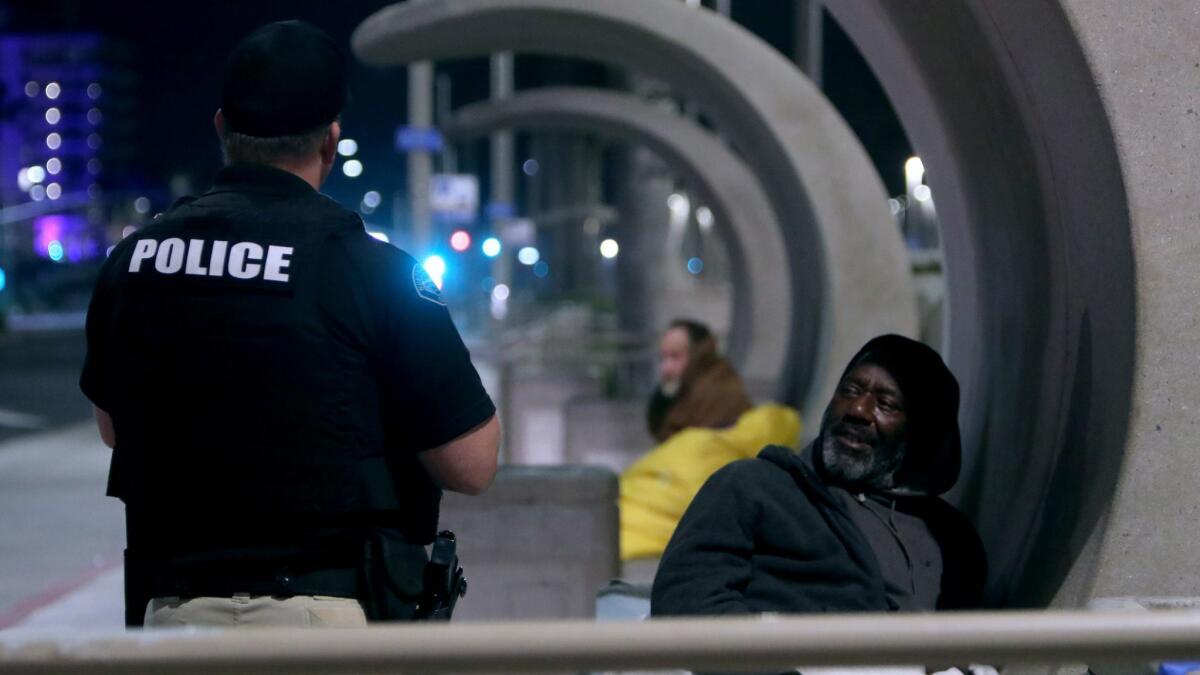
But the devil is in the details.
Fountain Valley Councilwoman Kim Constantine said “the county should work with cities, as it’s not a one-size-fits-all solution.”
Huntington Beach Councilwoman Barbara Delgleize said she doesn’t like the concept of a defined fair share. “Each city should be encouraged to address its residents’ — housed as well as homeless — needs as it sees fit, without threat,” she said.
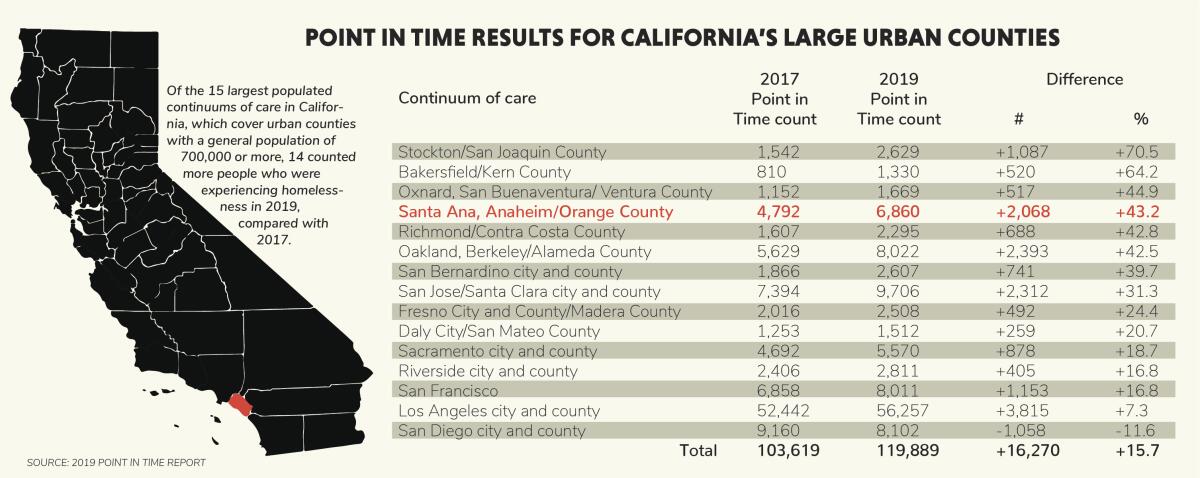
What happened in Costa Mesa could be a model for sharing fairly.
In response to a lawsuit over homeless people who were cleared from an encampment along the Santa Ana River, the city agreed to provide enough beds to serve 60% of its unsheltered homeless population, as determined by the 2017 point-in-time count.
Using that metric, Costa Mesa had to open 62 beds, 50 of which are now provided in a shelter at Lighthouse Church of the Nazarene. The other 12 were secured through a partnership with College Hospital.
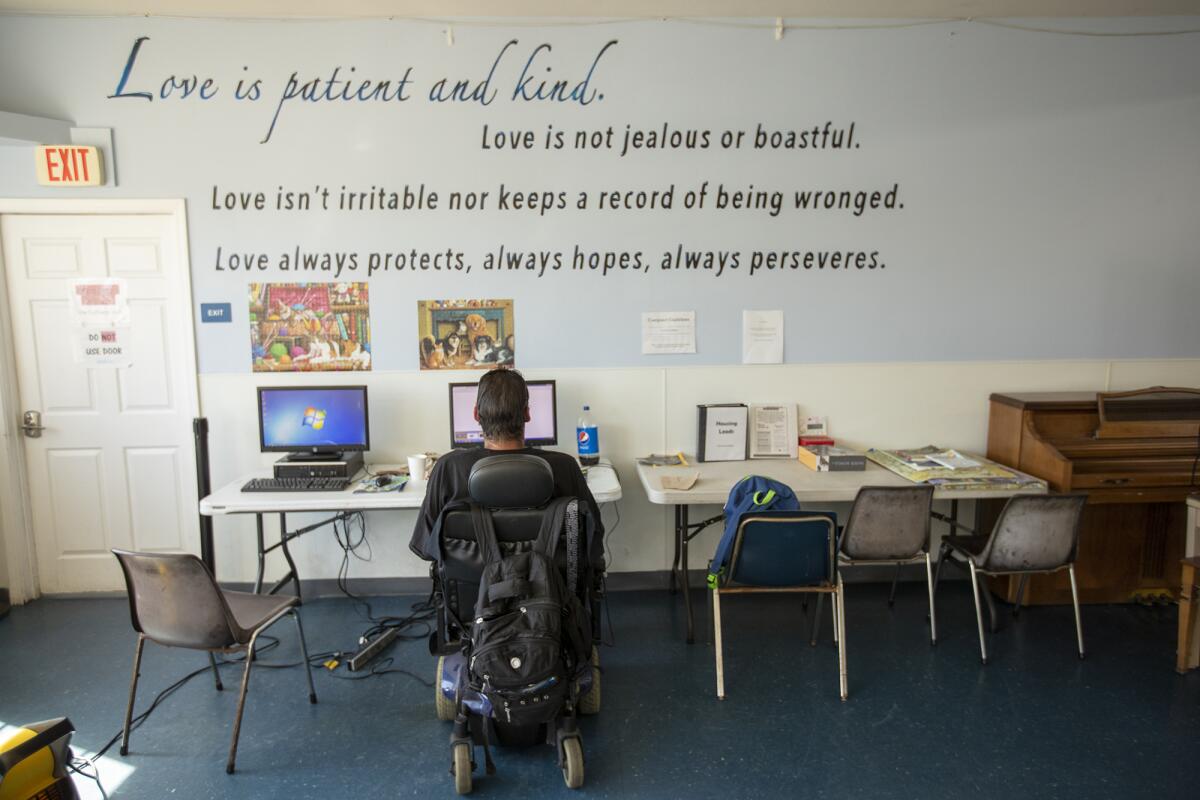
Applying that metric to other cities in Orange County, Fountain Valley would need 17 beds, Huntington Beach would need 71, Laguna Beach would need six and Newport Beach would need 23. Almost every city in the county would have to provide some number of beds.
Also, because every city except Fountain Valley reported an increase in its unsheltered homeless population last year, the bed requirements would be higher using the more recent numbers — in some cases, markedly so.
Though some homeless advocates have stopped short of calling for shelters in every Orange County city, many have emphasized the need for every city to have skin in the game.
Another idea is to develop larger, more centralized shelters and supportive housing. One site often proposed for such a facility is the Fairview Developmental Center, on 114 acres owned by the state in Costa Mesa.
The center, which is shutting down soon, currently provides services for 14 people with mental and developmental disabilities. It has the infrastructure to house hundreds of people, but complaints from neighboring residents have kept the plan from moving forward.
Assemblywoman Cottie Petrie-Norris (D-Laguna Beach) has said the state should instead devote resources to support more locally based solutions.
“As state leaders, I think the most powerful role that we can play is to use our capacity to amplify the work of the groups that are already getting results on the ground,” she said.
One advantage of a regional shelter or service center is that it could spread the cost to multiple cities, including giving those who are reluctant to cut a ribbon on a shelter within their borders the option of just cutting a check. A coalition of north Orange County cities, for instance, has come together to develop regional shelters and service centers in Buena Park and Placentia.
Fountain Valley Councilman Steve Nagel said it could be that the best model deliberately has more services in some cities and less in others.
“I think the county can work out a plan to determine where they should best locate resources to create an effective and efficient regional network to best serve the homeless population,” he said. “Many factors such as site cost, site availability [and] close access to supportive services should all be assessed before determining where to site any new services.”
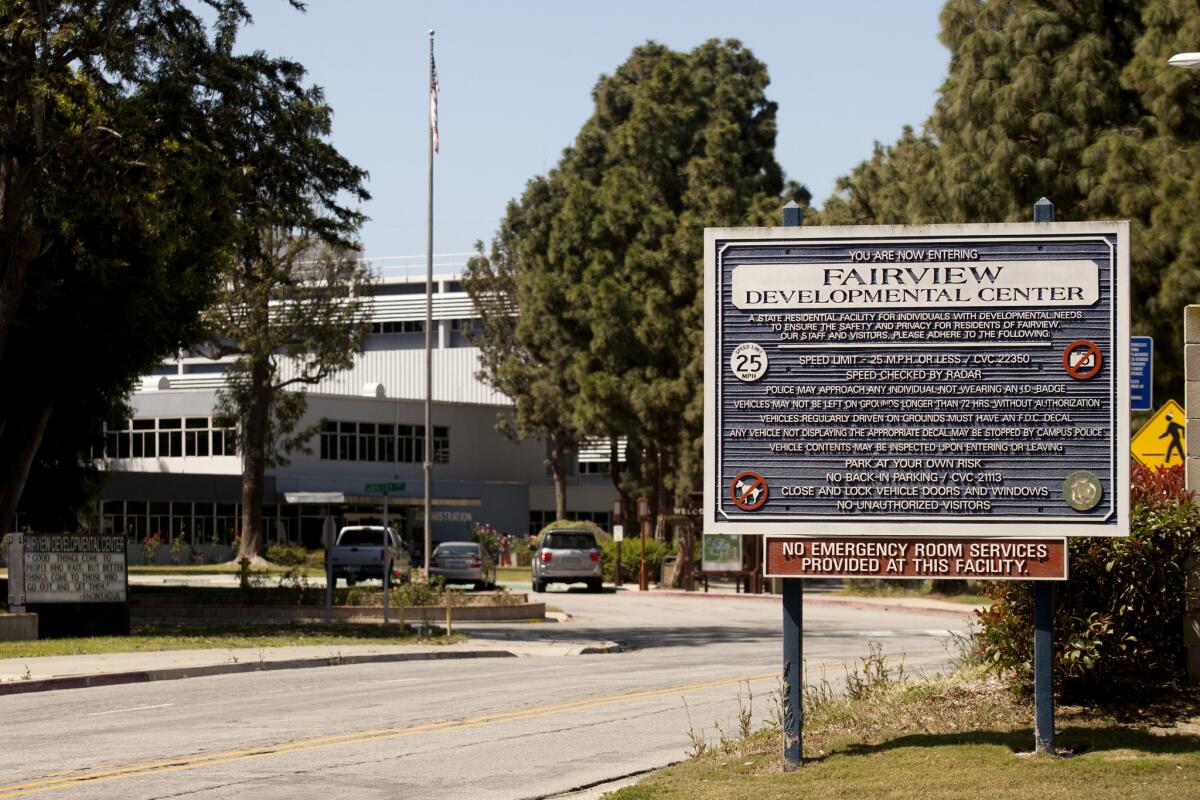
Brenden, the Huntington Beach councilman, agreed that cities certainly need to be partners in efforts led by the county.
Susan Price, former Orange County director of care coordination, has said that homelessness is “really turning a corner” in terms of participation and collaboration.
“It’s a safe bet to get on board with solutions, because there’s so much of that happening right now,” said Price, now Costa Mesa’s assistant city manager. “It’s not OK to leave this situation to solve itself, because it won’t.”
Becks Heyhoe, director of the United to End Homelessness initiative for Orange County United Way, said it’s important to educate city leaders and residents about shelters and supportive housing — particularly in cities that have been on the fence, if not outright resistant, to providing homeless resources.
“No one city wants 15 acres turned into thousands upon thousands of units of permanent supportive housing, and I think that’s fair and valid,” Heyhoe said. “I do think this needs to be a regional approach … where people’s homelessness can end across the entire county.”
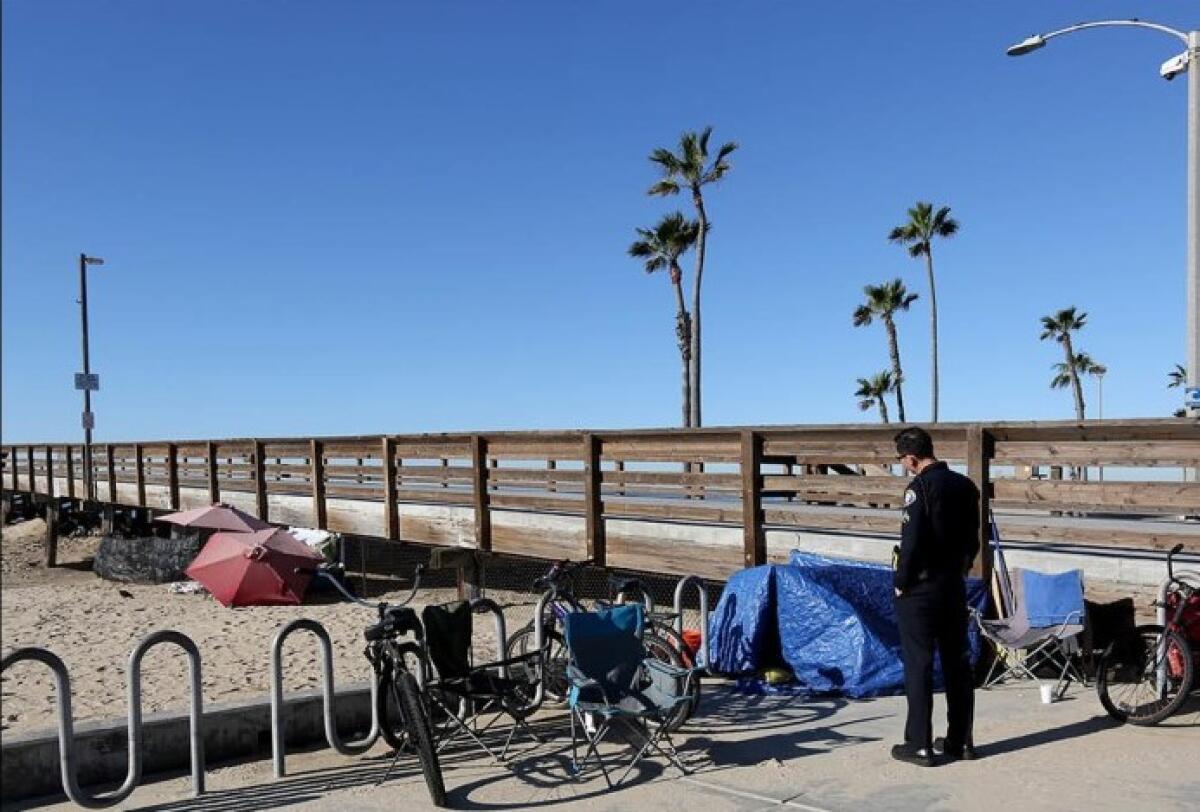
Local leaders in every city surveyed by Times Community News said they believe their cities are doing their fair share.
Costa Mesa officials cited the city’s recently opened homeless shelter and its commitment to opening a more permanent facility near John Wayne Airport. Officials in Laguna Beach pointed to its homeless shelter, which has been open for more than a decade.
Officials in other cities highlighted their staffing — which in many cases includes resource officers or other personnel geared toward helping homeless people — or their collaborative efforts with nonprofits or faith-based service providers.
But few said whether others were doing their fair share.
“My focus is on my city,” said Fountain Valley’s Constantine, “and I don’t know specifics about what other cities are doing.”
Money, Pinho and Davis write for Times Community News. Vega is a Times staff writer. Times Community News staff writers Lilly Nguyen and Julia Sclafani contributed to this report.
More to Read
Sign up for Essential California
The most important California stories and recommendations in your inbox every morning.
You may occasionally receive promotional content from the Los Angeles Times.










